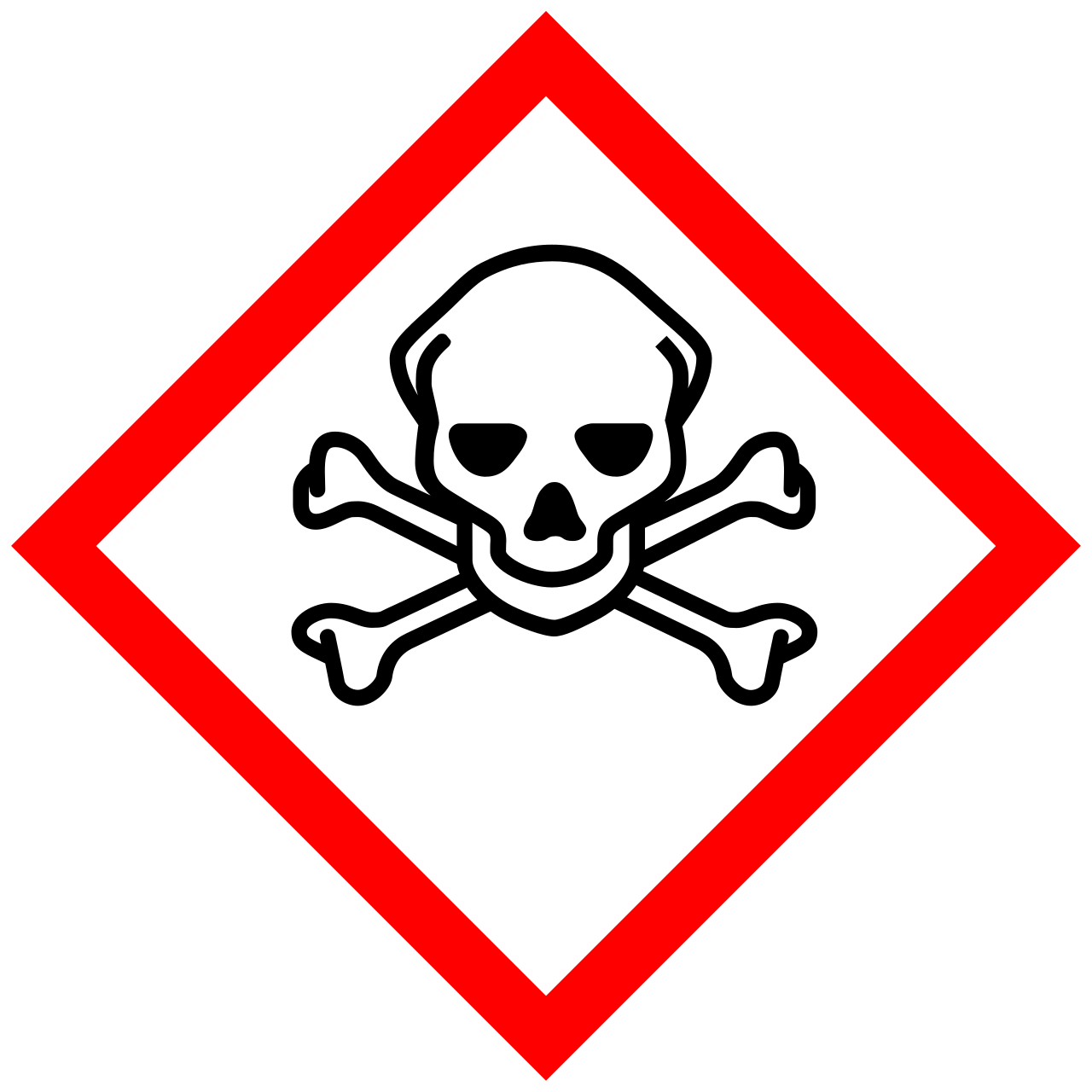Firefighters face enough dangers;
cancer shouldn’t be one of them.

WASHING GEAR WITH WATER DOESN’T CUT IT.
Studies over the decades have tested the efficacy of water washing, and they’ve shown that the method has mixed results, ranging anywhere from 15% to 40% efficiency.
The issue with water-based cleaning is that firefighter PPE and other first responder gear are made to be waterproof. Therefore, water-based cleaning methods have a hard time cleaning past the surface level of the gear, leaving behind many chemicals that can cause cancer and other illnesses.
ETD’s Liquid CO2 process is the way
The concerns of veterans in the industry were proven right. Water washing does not fully clean a firefighter’s gear; in fact, it actually leaves high amounts of hazardous chemicals on every layer of gear, contaminating each firefighter that puts it on. Liquid CO2 washing solutions like ETD’s proprietary methods are proven to work more efficiently in removing hazardous chemicals tested; while using no water, and less time and energy.
ETD has performed a multitude of tests of our CO2 based decontamination services.
View the reports below to see the results:
While lithium-ion battery (LIB) fires have brought new awareness to the toxic exposures firefighters face, research confirms that all fires generate a hazardous mix of contaminants, including semi-volatile organic compounds (SVOCs), heavy metals, PFAS, and PAHs. The UFF Position Statement highlights that traditional cleaning methods remove only 50% of these persistent toxins, leaving firefighters vulnerable to prolonged exposure. Emergency Technical Decon (ETD) provides a superior solution—its Liquid CO2+ decontamination process eliminates over 99.9% of harmful residues from turnout gear, far exceeding conventional washer/extractor capabilities. Regardless of the combustion source, ETD’s technology ensures near-complete removal of fireground toxins, significantly reducing cancer risks and safeguarding firefighter health.
Firefighters face new hazards with rapid deployment and use of new green electric technologies. A technical study was conducted to evaluate the effectiveness of removing contamination from fires involving electric vehicle, lithium-ion battery, and other green technologies. Common products of combustion were utilized in these types of exposures and tested following NFPA 1851-2020 testing procedures. Test samples were analyzed at accredited laboratories. The results show that contamination from these lithium-ion battery and other green technology fires can be effectively removed and captured from firefighter turnout gear in the liquid CO2+ decontamination process.
CO2 cleaning does NOT adversely impact turnout gear in any meaningful way. The reports below summarize results that show no significant effects on the outer shell, moisture barrier, and thermal liner material after multiple cleanings in the CO2 cleaning systems according to NFPA 1971 UL testing.




